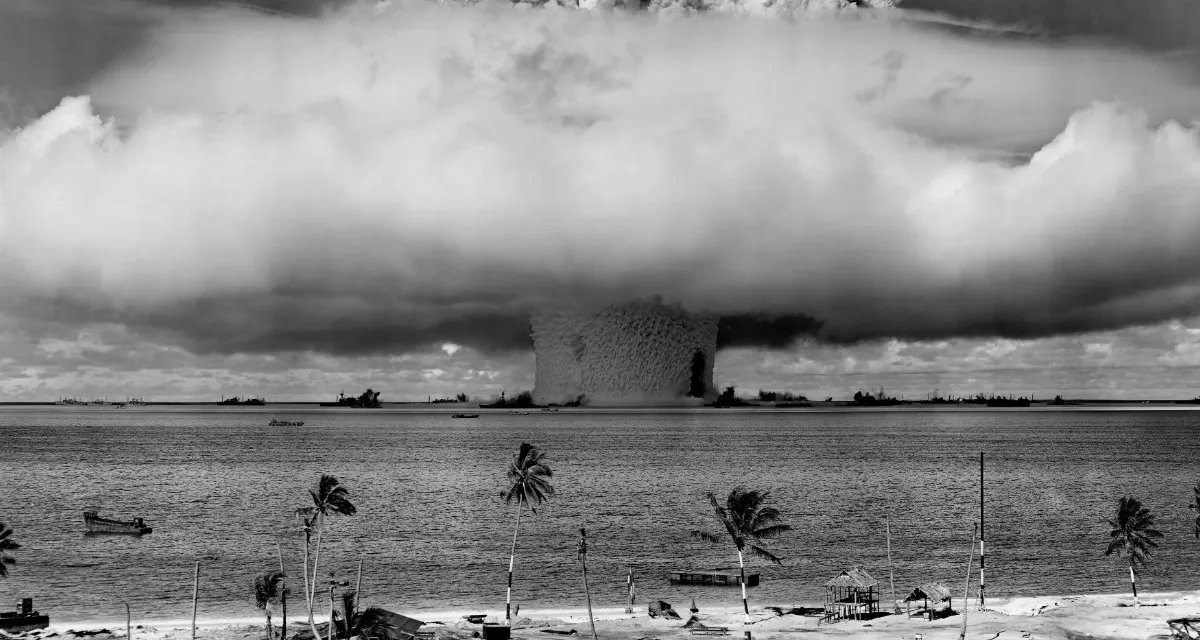Intersections of Culture: The Dynamics of City Life
City environments in contemporary fiction offer much more than merely serving as a backdrop. They actively shape the narrative and influence the dynamics between characters. These settings are microcosms of society, encompassing diverse cultures, challenges, and interactions that define modern urban existence.
Urban Metropolises: Where Diversity Meets Drama
Urban centers are theaters of human drama, rich with cultural intersections and social stratification. They reflect a tapestry woven from diverse cultural backgrounds and socio-economic disparities. Vivid settings in contemporary fiction, cities like Los Angeles or Buenos Aires, depicted in novels, highlight the multifaceted human experiences that arise in such environments.
As populated and diverse entities, cities are often portrayed as lively intersections of different cultures, sometimes leading to harmony, and other times, to conflict. This notion is explored deeply through personal stories that bring to life the common yet complex instances of cultural collision and cooperation. Characters navigate through their urban surroundings, facing issues related to class, race, gender, and social exclusion, often depicted through a close third-person perspective, which allows readers to intimately experience these protagonists’ struggles.
Echoes of Social Stratification
Many stories delve into the living conditions of both affluent and marginalized citizens, drawing attention to the systemic inequalities that define urban landscapes. Detailed narratives explore the juxtaposition of wealth and poverty, mapping out enclaves within the city that flush out the reality of social barriers. These enclaves are crucial settings where characters confront issues such as access to resources and societal opportunities, allowing fiction to serve as a critique of the systemic frameworks underpinning these circumstances.
These stories often employ characters who represent various socio-economic backgrounds, facilitating a deeper discussion of privilege and marginalization. The portrayal of characters navigating such inequalities challenges readers to reconsider their perceptions, invoking thought-provoking questions about fairness and the socio-economic divides prevalent in urban settings.
Narrative Driven by Human Connection and Conflict
In contemporary fiction, stories are ultimately crafted by the lives and interactions of individuals within the urban environment. Characters embody a range of emotions, from hope to despair, as they seek connection and validation in the city around them.
The Essence of Character Interaction
Urban settings offer myriad opportunities for characters to collide, both metaphorically and literally. The bustling streets serve as a stage where personal destinies intertwine. Fiction thrives on demonstrating how proximity forces diverse lives to intersect, fostering stories of rivalry, alliance, and everything between.
These interactions are essential, as they mirror the fluid nature of city life, where conversations, relationships, and experiences shift rapidly. Through characters’ eyes, readers witness kaleidoscopic views of emotional growth, societal pressures, and personal fulfillment or failures, reflecting the vibrancy of urban existence.
Character Development through Urban Influence
A city shapes its inhabitants just as much as they shape it. The architecture, culture, and pace of city life put characters under constant duress, testing their strengths and weaknesses. For some, this results in growth and self-reinvention, while for others, it leads to isolation and a search for identity amidst the noise of urban living.
Stories extending into this theme primarily revolve around young adults and migrants, often exploring their navigation through cities like Los Angeles or fictional California settings. The narrative voice, whether through the introspective lens of a lone protagonist or a broader communal perspective, consistently aims to unveil characters' inner worlds and the external forces shaping them.
The City as a Narrative Catalyst
Cities in contemporary fiction are not simply settings; they are catalysts that drive the plot forward. Characters’ encounters and conflicts are often sparked by the urban landscape, which confronts them with opportunities and dilemmas unique to the environment. The city acts as an interactive force, challenging individuals and prompting narrative evolution. This symbiotic relationship between character and city enriches the story, lending authenticity and complexity to urban fiction.
Diversity and Its Portrayal in Narrative Voice
Urban fiction is a tapestry woven from the numerous threads of individual experiences within a city. The authenticity of this tapestry hinges on the honest portrayal of diversity, capturing the reality of a multicultural society.
Amplifying Diverse Narratives
One of the primary goals of urban fiction is to depict characters from a wide array of cultural, ethnic, and socio-economic backgrounds accurately and respectfully. By embodying a diverse cast, authors challenge and transcend traditional stereotypes, presenting relatable and nuanced portrayals that highlight shared humanity while respecting individual uniqueness.
Key to this representation is the exploration of identity and belonging amid complex urban identities. Characters often face cultural preservation versus assimilation battles, which mirror real-world societal challenges, fostering empathy within readers and urging them to appreciate the richness of diverse human experience.
Challenges of Authentic Representation
Writing genuinely diverse stories requires authors to exercise both empathy and depth of understanding. Misrepresentations can perpetuate harmful stereotypes, making it vital for stories to reflect authentic voices and experiences. In doing so, urban fiction becomes a powerful tool for cultural communication and education, advocating for diversity and promoting dialogue between distinct groups.
Whether through individual stories or shared experiences across multiple characters, authenticity in narrative portrayal allows urban fiction to contribute meaningfully to ongoing conversations about inclusion and diversity in modern literature.
Future of Urban Diversity in Fiction
As urban demographics continue to evolve with globalization and technological advancement, the need for representative and inclusive narratives grows. Urban fiction is uniquely positioned to address these shifts by illuminating diverse perspectives, offering insights that span cultural divides, and fostering a more interconnected and empathetic literary culture. By embracing these changes, urban fiction can continue to resonate with readers, serving both as a reflection of our current society and as a harbinger of a more inclusive world to come.
Q&A
-
What role does realism play in depicting social issues within literature?
Realism in literature serves as a powerful tool for illustrating social issues by presenting them in a relatable and authentic manner. It allows readers to see the world as it is, often highlighting the struggles and challenges faced by individuals in society. By focusing on real-life situations and human experiences, realism encourages readers to reflect on social injustices and consider the need for change.
-
How is character development crucial in enhancing the narrative voice of a story?
Character development is vital in enhancing the narrative voice because it adds depth and complexity to the story. Well-developed characters provide a unique perspective that can influence the tone and direction of the narrative. Through their growth and interactions, characters help to convey the author's message and engage readers emotionally, making the story more compelling and relatable.
-
In what ways does urban life influence the themes and settings in literature?
Urban life significantly influences the themes and settings in literature by providing a rich backdrop of diversity and complexity. The bustling environment of a city can introduce various social dynamics, cultural intersections, and economic disparities. These elements often serve as a microcosm of broader societal issues, offering writers a canvas to explore themes such as alienation, ambition, and resilience within the urban landscape.
-
Why is diversity important in character development and storytelling?
Diversity is crucial in character development and storytelling because it reflects the multifaceted nature of human experience. It enriches narratives by introducing varied perspectives and cultural backgrounds, allowing for more inclusive and authentic storytelling. Diverse characters help readers see themselves and others in the stories they read, fostering empathy and understanding across different communities.
-
How does the narrative voice shape the reader's perception of social issues and urban life?
The narrative voice shapes the reader's perception by guiding them through the story with a particular tone, style, and point of view. A strong narrative voice can highlight specific social issues and aspects of urban life, directing the reader's focus and eliciting an emotional response. It can also provide insight into the characters' inner thoughts and motivations, deepening the reader's understanding of the societal context in which the story unfolds.








